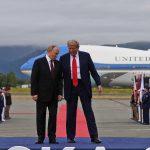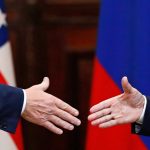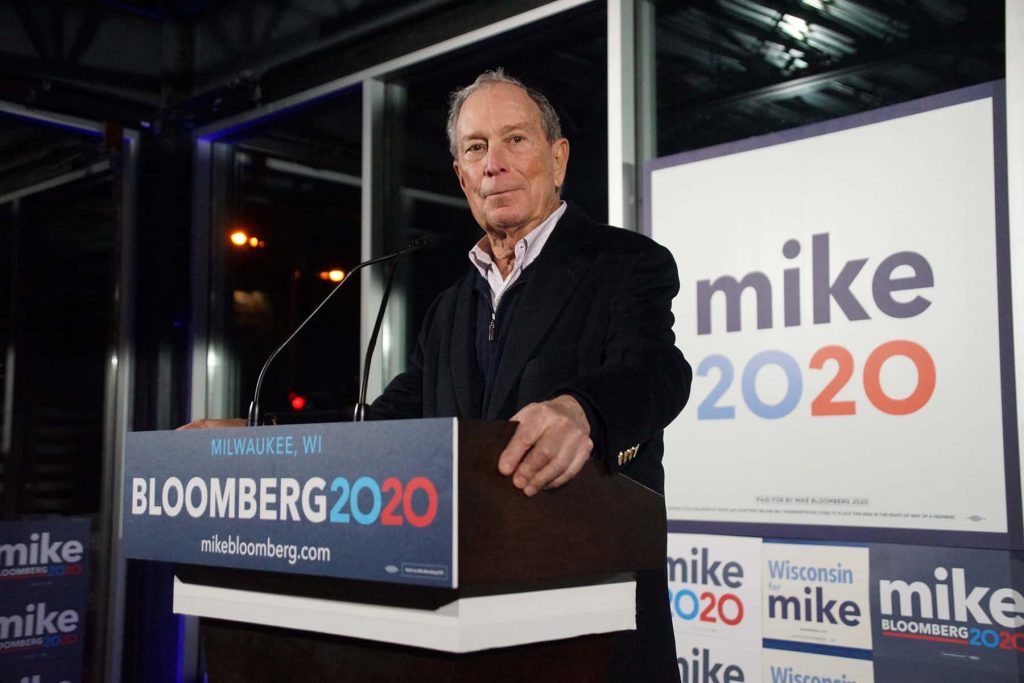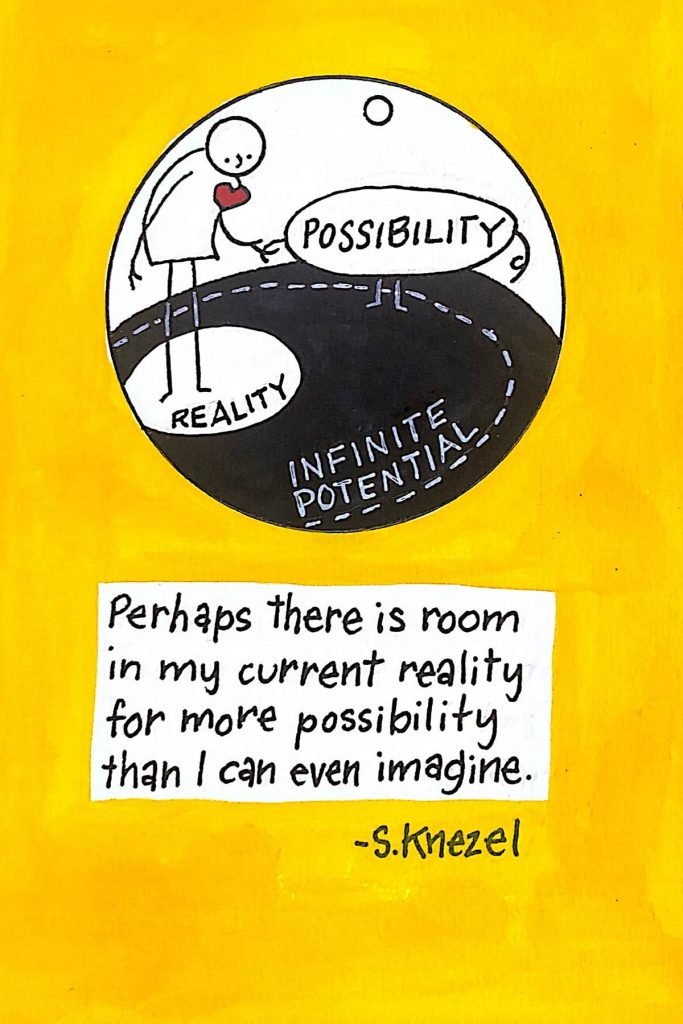
Trump’s re-election in 2024 was accompanied by a predictable resurgence in economic nationalism, particularly his fixation on punishing China through sweeping tariffs. But in his second term, the strategy became reckless and detrimental in its immediacy.
Within days of inauguration, Trump slapped 145% tariffs across wide sectors of Chinese imports, a move he claimed would bring manufacturing home and cripple Beijing. Instead, it cratered consumer imports and drove global markets into chaos.
China responded not just with retaliatory tariffs but with a deeper, quieter blow. That included a deceleration in manufacturing for the U.S. market. Chinese factories stopped or scaled down orders meant for American consumers. Production schedules collapsed.
Companies that normally finalize holiday goods in spring and ship them over summer faced dead ends. By the end of March, U.S. retailers were warning of catastrophic holiday shortages.
The timeline matters. Toy orders for the Christmas season are placed up to nine months in advance. Up to 85% of American-sold toys are manufactured in Chinese factories or rely on Chinese components.
When that supply stream halted in Q1, it guaranteed disaster for Q4. Trump’s reckless tariff hike was more than just an economic shock, it was a time-delayed grenade thrown at the heart of American holiday traditions.
Trump himself gave away the game. In a bizarre attempt to deflect concern, he told Americans:
“Well, maybe the children will have two dolls instead of 30 dolls. And maybe the two dolls will cost a couple of bucks more than they would normally.” — Donald Trump, April 30, 2025, Cabinet meeting at the White House
The offhand remarks came as the Commerce Department reported a 0.3% GDP contraction in Q1 and markets plunged. Trump claimed it was all President Biden’s fault, despite President Biden having left office months earlier when the economy was strong, and doubled down by insisting the U.S. didn’t need imports.
“Our Country will boom, but we have to get rid of the Biden ‘Overhang.’ This will take a while, has NOTHING TO DO WITH TARIFFS, only that he left us with bad numbers, but when the boom begins, it will be like no other. BE PATIENT!!!” – Donald Trump, April 30, 2025, via Truth Social
But the truth is, it has everything to do with tariffs.
The economic damage is not theoretical. Retailers expect a 40% drop in available toy stock well before December.
Christmas 2025 will play out with some store shelves being bare. Others will be filled with overpriced and underwhelming substitutes. Parents who once scraped together enough for a modest Christmas will face sticker shock or simply go without.
For low-income families, even the “two dolls” Trump so casually referenced will be out of reach.
And while the Trump regime parades cherry-picked investment announcements from tech firms that began under the prior administration of President Biden, the broader picture is bleak. Domestic manufacturers, especially in consumer goods, still rely on Chinese inputs.
The tariffs hit both ends, finished imports and raw materials. Inflation has returned. Consumer confidence is collapsing.
Yet Trump insists, without any proof, that he is winning. The implication is that as he wins, all Americans win. But that assumption also blurs the reality between shared national success and personal gain. While he claims the victory belongs to everyone, the actual profits are reserved for him and those in his inner circle.
That fits a sad pattern. Trump’s entire political persona is built on two contradictory premises. He is always in control when there is good news, and never to blame when it turns bad. It is his proven strategy.
Take credit for the stock market’s rise in December before becoming president. Blame President Biden when it plunges in March after Trump has been in power for two months. Announce tariffs as “leverage,” then pretend the consequences are someone else’s fault. Every time the pattern repeats as performance of strength, claims of victory, and denial of reality.
This is the same man who held campaign rallies under banners that read “I saved Christmas.” Who insisted that merely saying “Merry Christmas” again was a political triumph. Who convinced a portion of the electorate that the holiday had been banned and that only he could restore it.
The lie worked, for a time. But with the prospect of empty shelves, and a steep decline of port traffic delivering shipments, and the only thing Trump will deliver for Christmas 2025 is austerity, confusion, and broken promises.
The “Two Santas” framework is more relevant than ever. Trump played Santa when it cost him nothing, by delivering nationalist slogans, ceremonial tax cuts, and performative gestures. But now that real economic costs are visible, he has vanished into Scrooge mode. He tells Americans they do not need as much. That sacrifice is patriotic. That the pain is proof of loyalty.
He is wrong, and he is the architect of the failure he denies.
The economic disaster is not about a temporary supply snag or a seasonal hiccup. It is about a policy choice with predictable outcomes. It is also about a failed leader who chose optics over strategy, vengeance over vision.
The Chinese government, recognizing the volatility of Trump’s economic directives, did not panic. They pivoted. Manufacturers slowed or stopped exports to the United States and redirected business to more stable markets. Factories that once operated at full speed for U.S. chains retooled for buyers in the EU, Southeast Asia, and Africa.
The lag time between production and delivery in global trade is not weeks, it is months. Items must be sourced, assembled, packed, shipped, and distributed. Once those pipelines are shut down, they cannot be restarted on demand.
There is no “fix it by Black Friday” option. The damage was sealed by spring. By the time consumers realize the impact in December, it will be far too late. Trump’s trade war will make toys and other holiday goods more expensive. It could potentially also cancel Christmas for millions of American households.
And all of it, every single consequence, was foreseeable. Supply chain experts warned. Retail associations pleaded. Economists presented models. Even Trump’s own Commerce Department staff internally flagged red lines not to cross. But the reality TV business huckster, known for bankrupting every business he touched, was committed to a narrative. Tariffs were a show of strength, a punch to China, a gift to American workers. The truth was irrelevant.
What is perhaps most galling is the contrast between Trump’s grandiose claims and his immediate retreat from accountability. In one breath, he bragged about destabilizing China’s economy, which would force companies to move back to the U.S., and thereby defending American interests.
In the next, he insisted that he was not responsible for the stock market collapses, for GDP shrinkage, for consumer fallout. That duality, the fantasy strongman and the helpless scapegoater, is dangerously consistent with his brand of political fraud.
Trump’s supporters are taught to believe he is omnipotent when things go well. That he alone can fix everything. He alone restored Christmas.
But when things fall apart, he becomes curiously powerless. It’s Biden’s fault. It’s the Fed’s fault. It’s China’s fault. It’s the media. It’s Congress. It’s the globalist elite. Never him.
This psychological shell game plays on a deeply authoritarian impulse, the desire for a father figure who rewards loyalty, punishes enemies, and is always right, even when he contradicts himself.
There is no dignity in this form of leadership. There is no honesty. And there is certainly no justice for the millions of working-class Americans who will face a holiday stripped of joy because of one man’s delusion of grandeur and his obsession with hollow optics.
Trump may believe that delivering pain to China somehow justifies domestic suffering. He may believe that if Americans are told often enough that hardship is a patriotic duty, they will forget the lies that caused it.
There is a singular lie at the center of Trump’s Christmas crusade, the idea that he ever cared about the holiday beyond its usefulness as a political weapon.
He did not bring back “Merry Christmas.” It was never gone. He did not defend faith traditions. He co-opted them. He did not save the economy. He demolished it. And now, amid the debris of his own making, he dares to suggest Americans should be grateful for their “two dolls.”
That is not leadership. It is negligence wrapped in narcissism, branded as patriotism, and sold as divine providence. And the country is paying the price in immediate human terms.
Christmas 2025 will be a learning lesson for American children, teaching them what betrayal looks like when it wears a red tie and calls itself Santa.
Donald Trump did not save Christmas. He broke it.
Isaac Trevik
This editorial updates and expands upon prior commentaries by John Pavlovitz [1]and Thom Hartmann [2], who warned in different terms how American holidays, especially Christmas, have been manipulated, commodified, and weaponized by right-wing politics. Pavlovitz focused on the cultural and theological deceit, while Hartmann exposed a decades-long GOP economic con he labeled the “Two Santas strategy,” [3] where Republicans play both Santa Claus with tax cuts and Ebenezer Scrooge with austerity. But even they may not have foreseen the moment when Donald Trump, the self-proclaimed savior of Christmas, would become its chief saboteur.
- [1] A yuletide assault: The real War on Christmas has been waged by the Religious Right for years
- [2] Two Santas strategy: Why Republicans use Saint Nicholas then Scrooge to shift economic messages
- [3] The Two Santas Strategy: How the GOP has used an economic scam to manipulate Americans for 40 years















